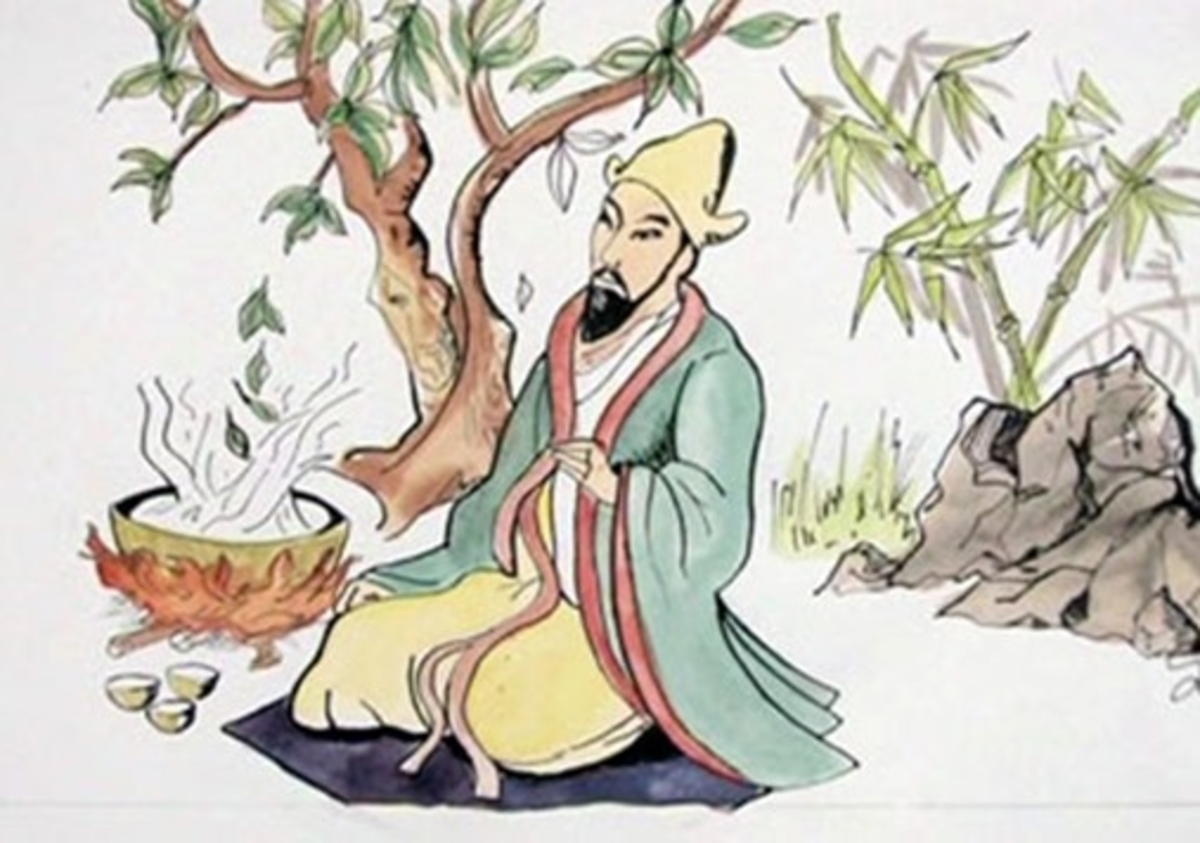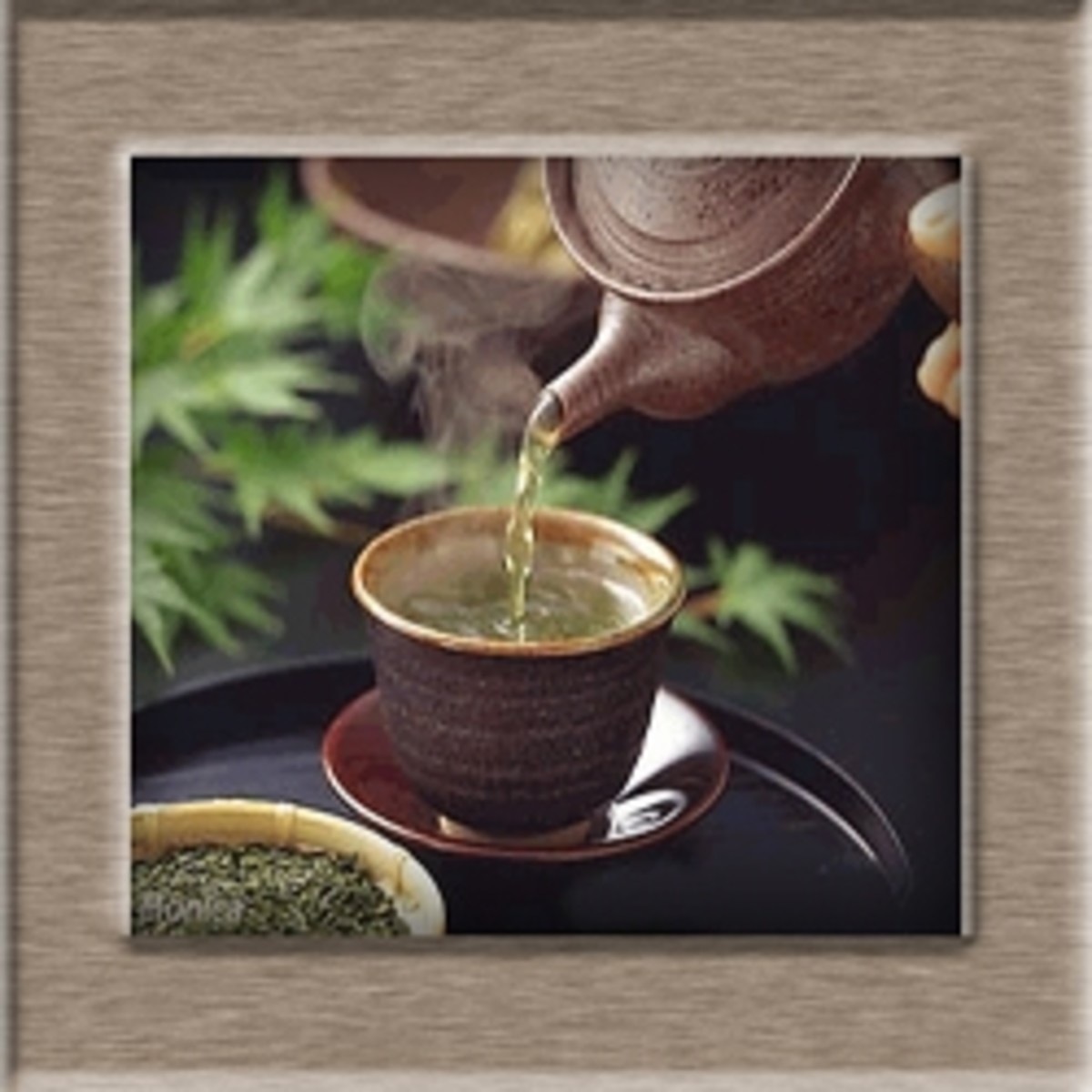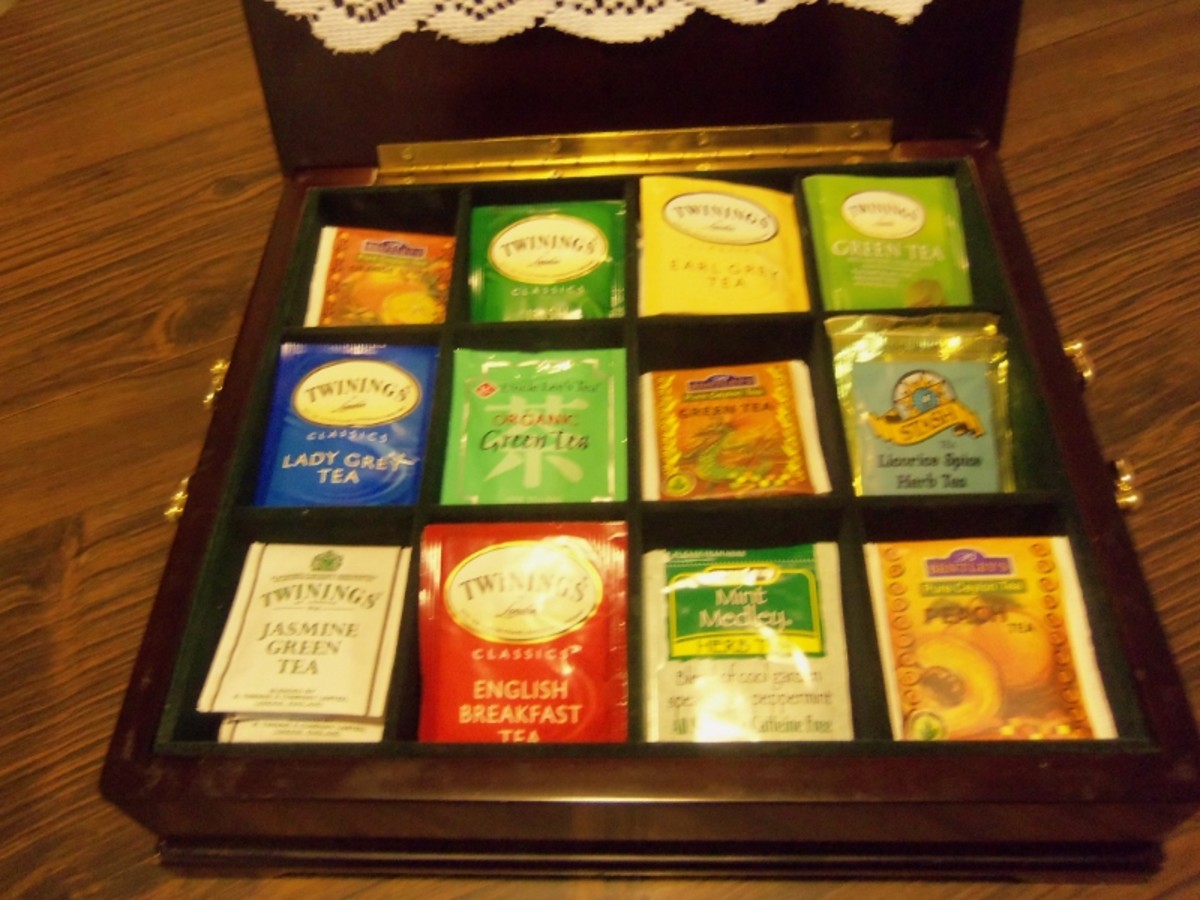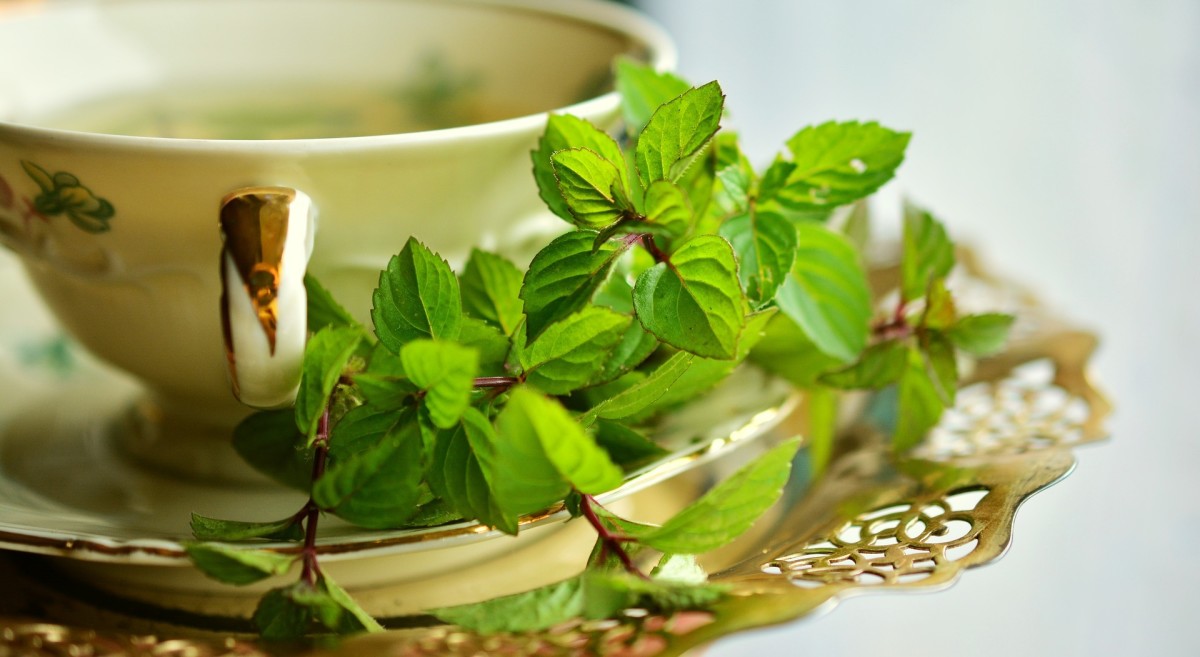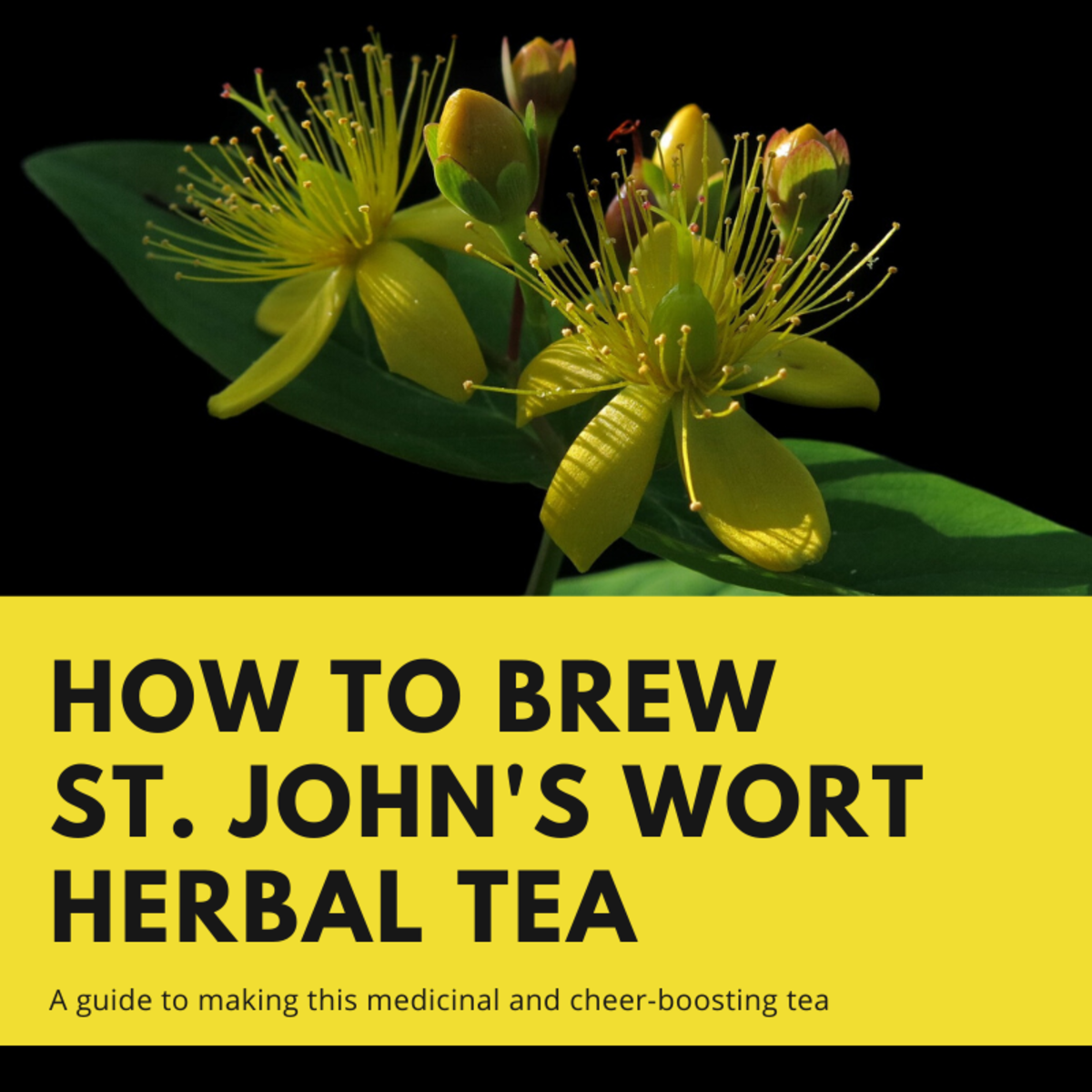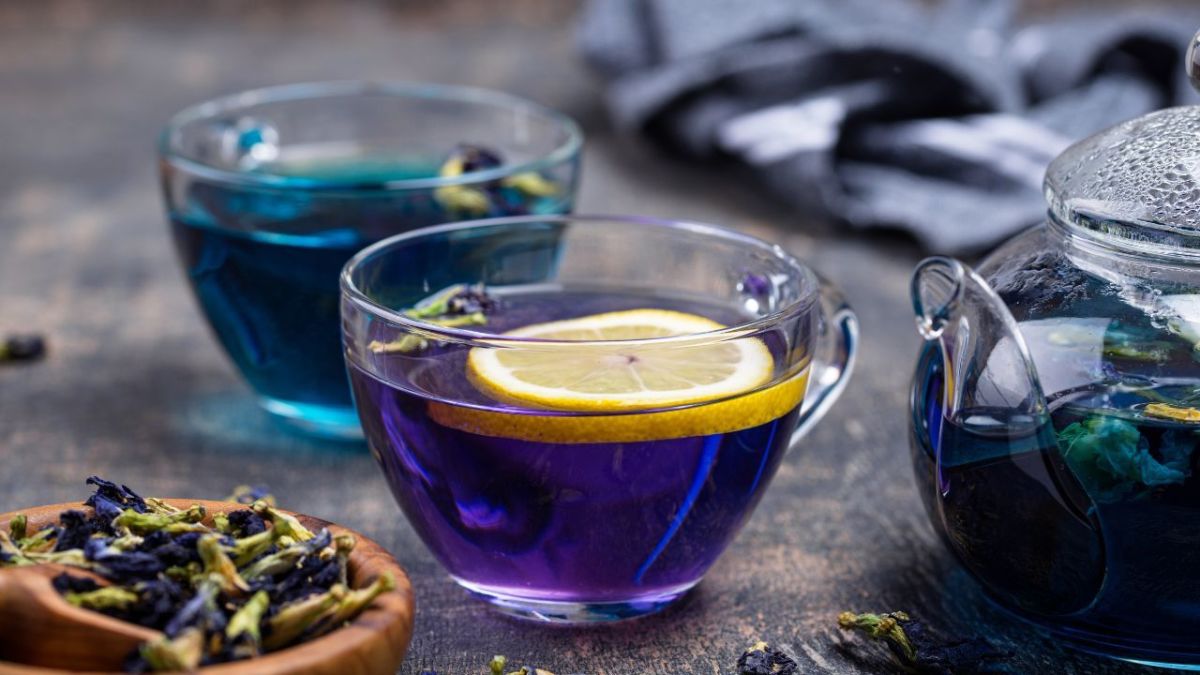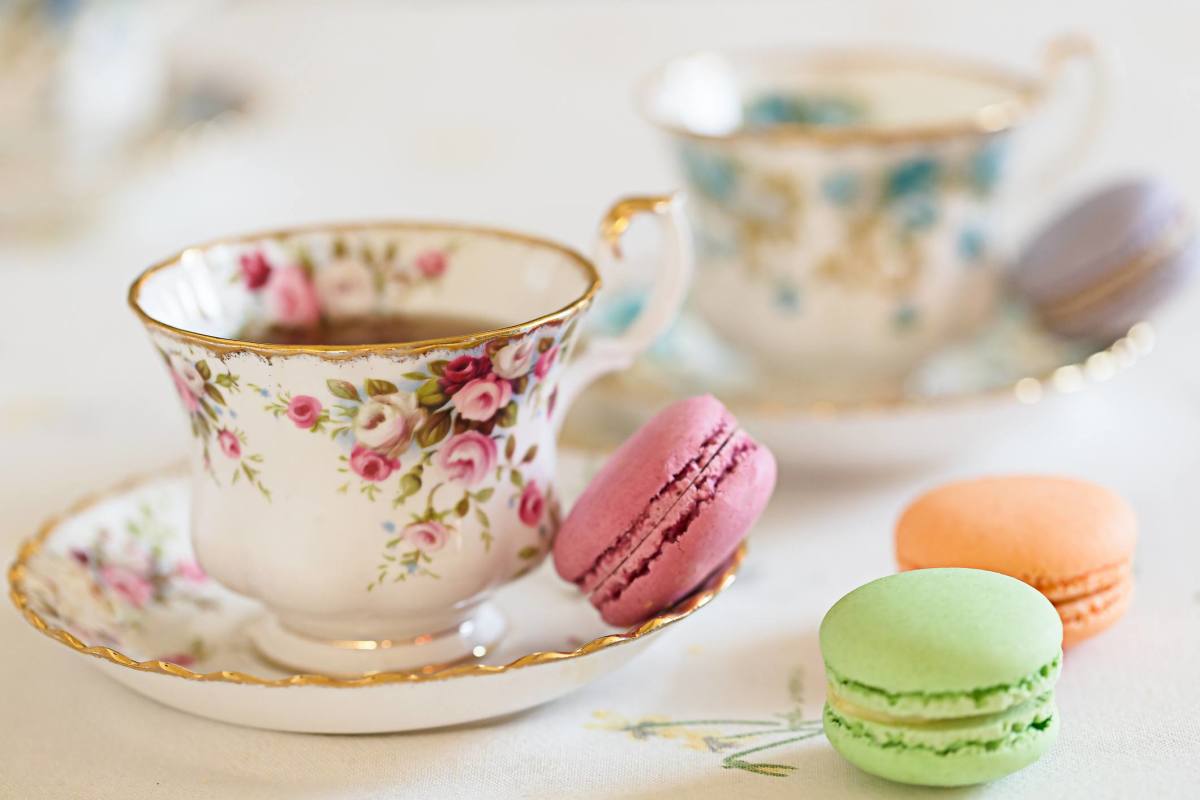Gazing at Teas of the World - Oolong Tea!
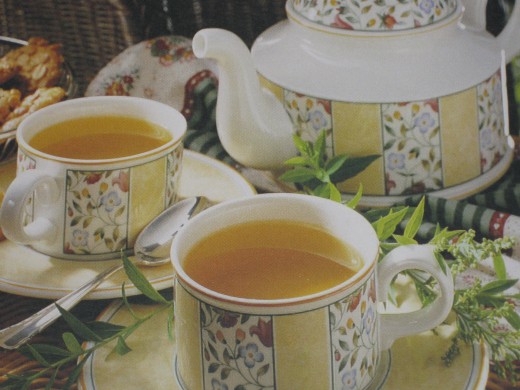
Oolong Tea
Oolong tea which is also known as Wu-long which means "black dragon" in Chinese is a tea that has been around for over 400 yrs. believed to have come about near the end of the Ming Dynasty. It is a tea that is in between green and black tea with a green-yellow colour. Just like many other teas of the world Oolong comes with not only a pleasing taste to the palette but health benefits as well.
Health Benefits
Clinical tests have been performed in trying to find out some of the health benefits associated with Oolong tea. One of these tests had a group of people that suffered from obesity to drink Oolong tea for six weeks. During the test period, they were instructed not to diet or exercise. When the test was complete the findings were quite amazing; test subjects subcutaneous fat had become about 4mm less than it was at the beginning of the test. People that had high triglyceride levels noticed a significant decrease by the end of the test.
Improves Fat Metabolism
Oolong tea has been used by the Chinese in a medicinal capacity for hundreds of years; as they believe it helps to prolong life as well as to aid in the control of obesity. There is a polyphenol in Oolong tea that helps to activate the enzyme that dissolves triglycerides. Regular use of this tea will help to improve fat metabolism.
Popular Tea with Upper-class
This tea was introduced to Holland in 1610 where it was originally sold as a medicine. The Dutch Royalty began to partake in having a cup of tea in 1635. It became popular in England in 1662 when Charles ll of England married a Portuguese princess who was an avid tea drinker; it then became popular with the English upper-class. Wives of wealthy merchants and nobles wanted to drink it; because if it was a proper beverage for a princess then it was good enough for them to partake in as well. It was the English and Dutch who introduced the tea to the "New World" around this time.
Bruised Leaves
There are a few theories on how and where Oolong tea came to be. One is the Anix theory in which a hunter was carrying a satchel full of tea leaves when he came across a deer; he started to hunt the deer but during this process, the tea leaves were bruised which caused them to oxidize. Well, the hunter didn't want to waste the leaves so he made tea with them anyway and found the flavour of the tea to be fragrant and pleasing. Apparently, people named this tea after him and his accidental discovery of it.
Tribute Tea
Another theory is that it was made as a "Tribute Tea" for the emperors of the Song Dynasty; tea was usually given to emperors as a form of tax. It was also said that the Oolong tea was invented on Wuyi Mountain of the Fujian Province during the Ming Dynasty in the 16th century.
Summary:
Even though it remains a mystery how exactly this wonderful tea came into being it is agreed that it did come from the Fujian Province. No matter how it came to be I am grateful it is here for us to reap the benefits from. My family is Scottish, and part of the daily rituals was having cups of tea throughout the day. It is a fond memory I carry of sharing many cups of tea with my parents and other loved ones. It was a time we spent having a good (chin-wag) with each other or catching up on what is going on in each other's lives. For me, I have carried this ritual into my own family home, where I usually prepare an evening cup of tea for my husband and myself. Serving a nice choice of biscuits along with a cup of tea is a heavenly ceremony that I look forward to after a long and busy day. I love trying different herbal teas, adding often a bit of honey, lemon, and a dash of cinnamon! In fact, all this talk of tea is making me thirsty I do believe it is tea time!
Signed: Sipping Tea

